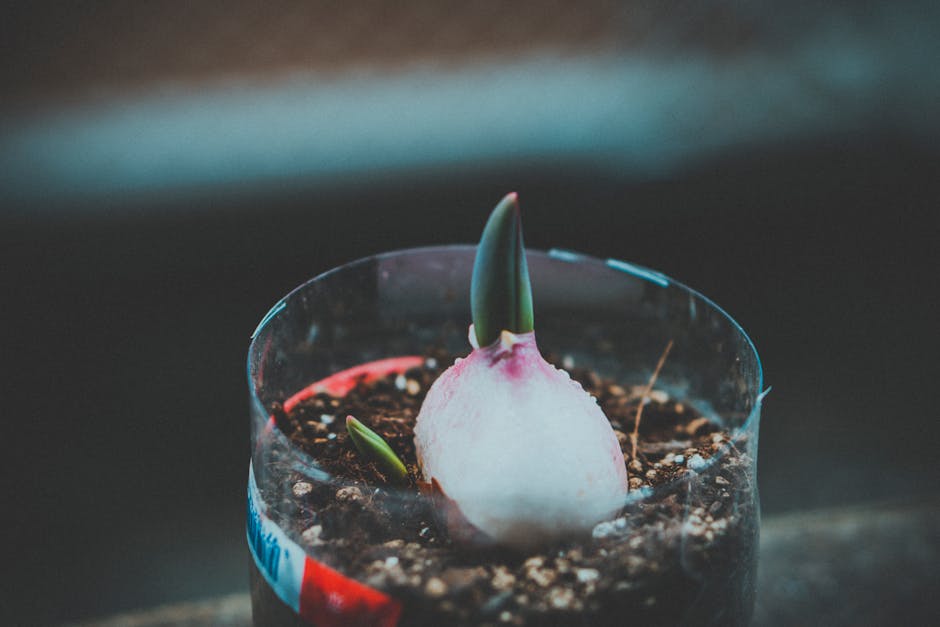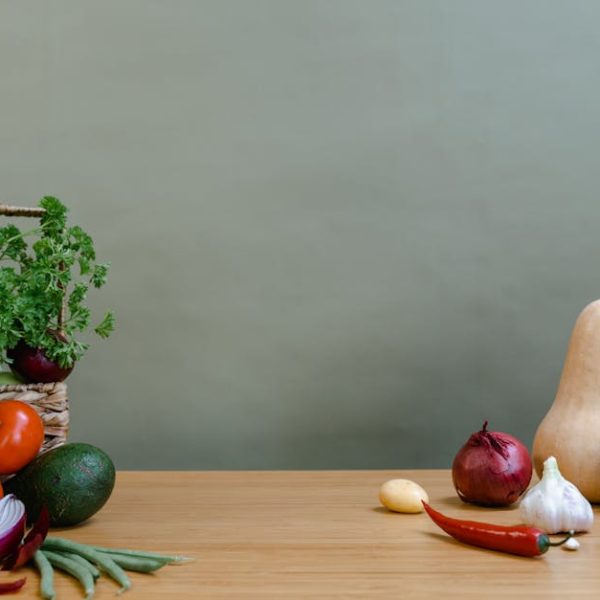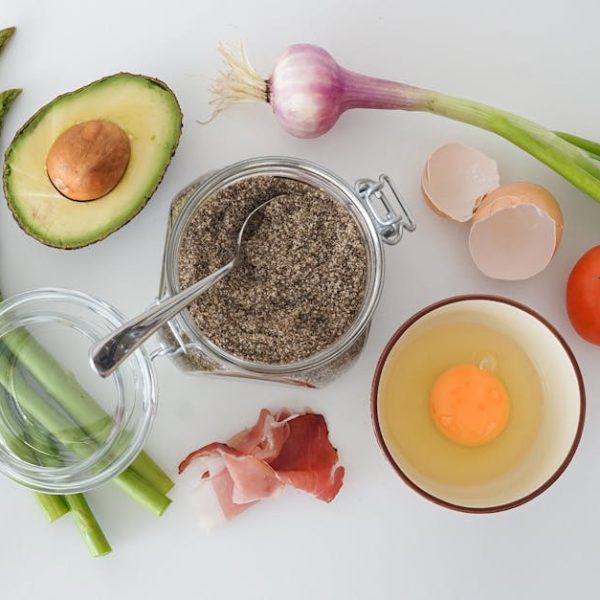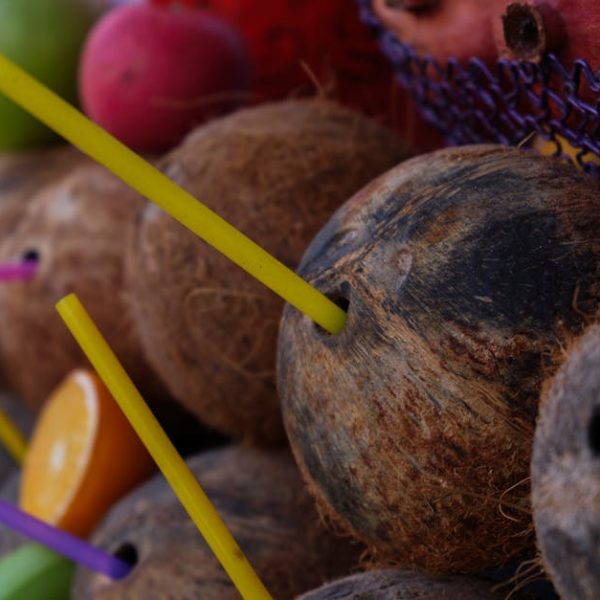If you’ve ever questioned the safety of eating sprouting potatoes, you’re not alone. Many people toss them out as a precaution while others remove the sprouts and continue with their recipe. So, are sprouting potatoes bad? Not necessarily. They can be safe to eat if prepared carefully. You just need to have a clear understanding of the root cause and the precautions to take, all of which we are going to explore in detail.
Understanding the Process of Sprouting in Potatoes
Sprouting potatoes doesn’t mean they’re bad or rotten, it’s simply their method of reproduction. It’s a sign that the potato has extended periods of warmth or light exposure, being in prime condition for growth since potatoes are tubers – a part of the plant meant to provide nutrients for new growth.
Providing an illustrative overview:
- Stage 1: Tubers transition from dormancy to active growth – this is when sprouting begins.
- Stage 2: Development of sprouts, signaling the potato is no longer a dietary tuber but aiming for motherhood.
- Stage 3: Sprouted potato’s nutritional reserves depletes as more energy is channeled towards growth.
Existence and Implications of Solanina in Sprouting Potatoes
One thing to note about sprouting potatoes is the presence of a substance called Solanine. It is a natural toxin found in potatoes, particularly in higher concentrations in sprouted ones and those with green patches. This chemical can have adverse effects on health if consumed in large amounts, causing symptoms such as nausea, headaches, and neurological issues.
Pro Tip: A common way to identify high solanine levels is observing the color of the potato. Greenish or sprouting potatoes contain higher levels of solanine. However, it’s important to note that solanine is also present in normal-looking potatoes, just in small amounts.
How to Safely Eat Sprouting Potatoes
Fear not, sprouting potatoes can still make their way onto your plate. Just ensure you handle them with care. Start by removing the sprouts and any green portions, as these parts contain higher solanine levels. Then, ensure you cook them properly — boiling, baking, or roasting can help degrade the toxin.
Pro Tip: The safest way to handle sprouting potatoes is to cut off the sprouts and green areas before cooking. This removes most of the solanine.
To be continued…
Potato Storage Practices to Prevent Sprouting
Fast sprouting potatoes may have been subjected to a lack of proper storage. The best place to store them is somewhere cool, dry, and dark. Factors such as light, temperature, and humidity can significantly impact their lifespan. In other words, stay clear from the refrigerator and the fruit bowl on your kitchen island!
On top of that, it’s also important to do regular checks and rotations for optimum maintenance.
Potato Storage Checklist:
- Store in a cool, dry, and dark environment.
- Keep away from direct sunlight.
- Avoid storing potatoes in the refrigerator.
- Do routine checks for sprouting or rotten potatoes and remove them to maintain the quality of the rest.
Alternatives to Throwing Away Sprouting Potatoes
Given the right circumstances, a sprouting potato can be a sign of new life instead of the end. They can be planted to grow fresh new potatoes – turning food waste into an exciting gardening project. Besides, they can also be composted, completing the circle of life in a green and sustainable way.
You might even come up with other interesting ways to use your sprouting potatoes. For example, some people use these sprouting buddies to make potato stamps for craft projects.
| – | Eating Sprouted Potatoes | Planting Sprouted Potatoes |
| Advantages | Can still be consumed once sprouts and green spots are removed; Reduces food waste | Grow your own potatoes; Engage in a green and sustainable practice; Great activity for kids |
| Disadvantages | Increased risk of solanine poisoning if not prepared carefully; Often a loss in taste and texture | Requires an outdoor space and time; Not an immediate solution to sprouting potatoes |
In conclusion, sprouting potatoes are not bad per se, they just require special attention before being consumed. Alternatively, they offer fun ways for you to lead a more sustainable life. Perhaps next time, instead of immediately throwing them away, you could think about the potentials they hold inside their little sprouts!
Key Takeaway:
- Sprouting in potatoes isn’t a sign of decay but a natural reproductive process influenced by light and warmth.
- Sprouting potatoes contain higher levels of solanine, a natural toxic substance that can affect health if consumed in large amounts.
- The sprouts and green portions of sprouting potatoes, which contain higher solanine concentrations, should be removed before cooking.
- Proper potato storage practices can prevent fast sprouting and extend their lifespan.
- Instead of wasting sprouting potatoes, they can be planted to grow new plants or used in composting.
Rest assured, sprouting potatoes aren’t bad or harmful if you handle them correctly. And they can offer an exciting opportunity to grow your own plants. So next time you spot a sprouted potato, don’t be quick to throw it out. Instead, tap into its potential for new growth, or prepare it carefully for a safe and palatable meal.
FAQs
Q: Can I plant sprouting potatoes indoors?
A: Yes, you can grow sprouting potatoes indoors. However, they’ll need a lot of light, so place them near a sunny window or under a plant light. Remember to keep the soil moist but not saturated.
Q: What other signs suggest that a potato is not safe to eat?
A: If your potato has a foul smell, has become shriveled and wrinkly, or displays signs of mold, it’s best to throw it away as it’s no longer safe to eat.
Q: Can solanine be completely eliminated from sprouting potatoes?
A: While cooking methods like boiling, baking, or roasting can reduce solanine levels, it cannot be completely eliminated. It’s crucial to remove sprouts and green parts which contain the highest solanine concentrations.
Q: Are green potatoes safe to eat?
A: The green color in potatoes is due to chlorophyll, which isn’t harmful. However, it’s an indicator that the potato has been exposed to light and may have developed higher solanine levels. Green portions should be cut off before cooking.
Q: Can I prevent potatoes from sprouting?
A: While you can’t prevent sprouting indefinitely, proper storage in a cool, dark, and dry environment can significantly slow down the process. Regularly checking and rotating your stored potatoes can help prolong their lifespan.
We encourage you to share this article with others who might find this information useful. Don’t forget to explore other posts on our website for more insights and advice!






